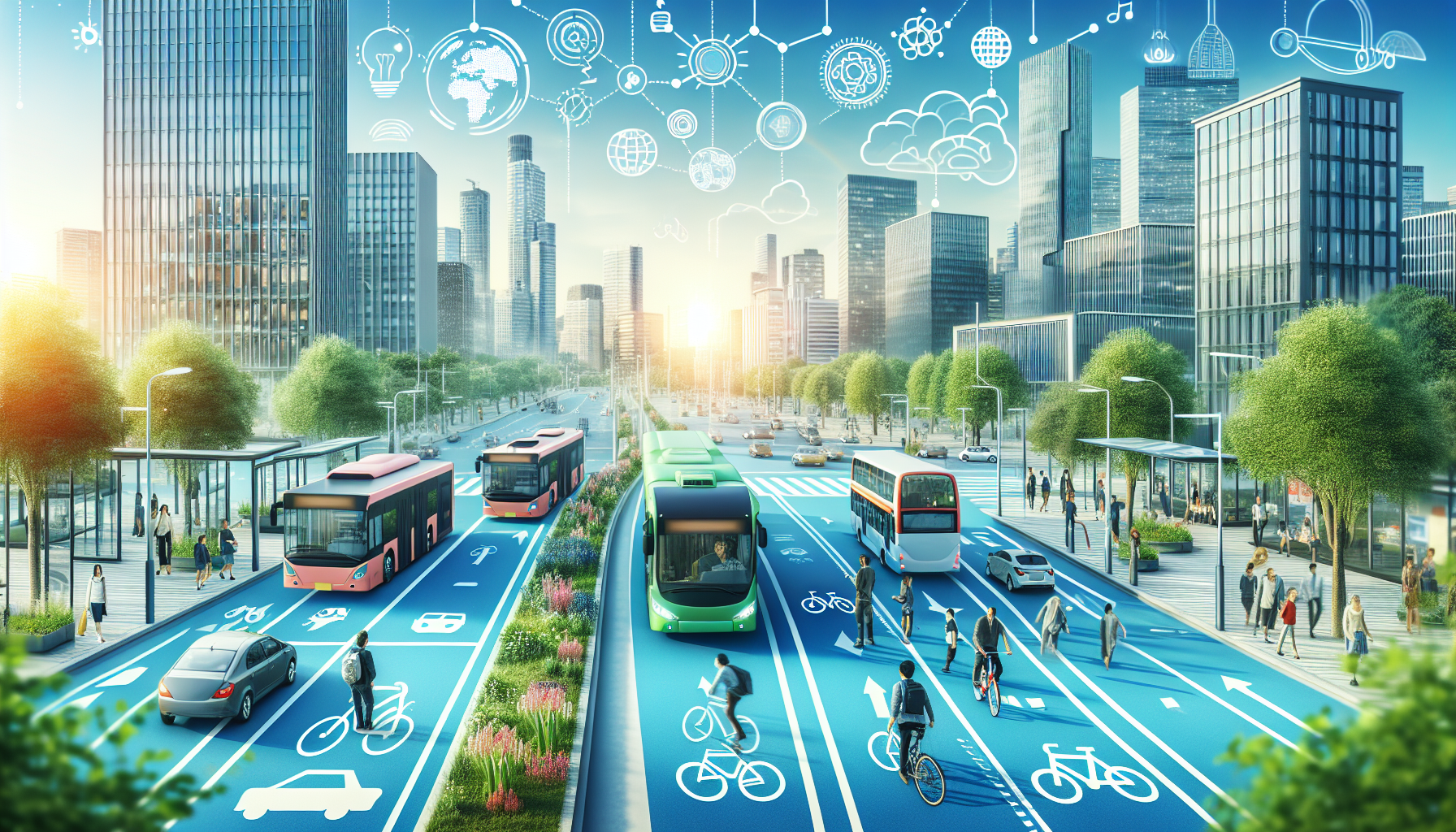As urban areas continue to grow, the need for sustainable transportation solutions becomes increasingly important. The challenges posed by traffic congestion, air pollution, and the rising demand for mobility require innovative strategies that can address these issues while fostering a healthier environment. Let's explore several initiatives that focus on creating a more sustainable urban mobility landscape.
One approach involves enhancing public transit systems, which play a crucial role in reducing the dependence on individual car usage. Expanding service coverage, improving frequency, and ensuring affordability can make public transportation a more attractive option for commuters. Integrating different modes of transport, such as buses, trains, and bicycles, into a coherent network can further improve overall accessibility.
Another important initiative is the promotion of non-motorized transport. Encouraging people to walk or cycle not only reduces emissions but also promotes a healthier lifestyle. Cities can facilitate these modes by investing in infrastructure such as dedicated bike lanes, pedestrian pathways, and secure parking for bicycles. Additionally, implementing bike-sharing programs can provide convenient and flexible transportation options for residents and visitors alike.
The role of technology cannot be overlooked in advancing sustainable urban mobility. Transportation apps that offer real-time data on traffic conditions and transit schedules can help individuals plan more efficient and sustainable journeys. Moreover, the development and adoption of electric and hybrid vehicles are pivotal in reducing the carbon footprint of transport systems. Supportive policies and the expansion of charging infrastructure are key to accelerating this transition.
Carpooling and ride-sharing services also contribute positively by maximizing the use of available vehicle space, thus decreasing the total number of cars on the road. Encouraging these practices through incentives and dedicated lanes can lead to significant improvements in traffic flow and emissions.
Lastly, urban planners play a crucial role in shaping a sustainable mobility ecosystem. By designing cities that prioritize people over cars, with mixed-use developments and efficient land use, planners can create environments where sustainable transport options become the norm rather than the exception. These strategies help reduce the need for long commutes, thereby saving time and resources.
In conclusion, promoting sustainable urban mobility requires a multifaceted approach that combines infrastructure improvements, technological advancements, policy support, and community engagement. By working together, cities can transform their transportation systems to be more sustainable, efficient, and inclusive—ensuring a healthier and more enjoyable urban environment for all.
